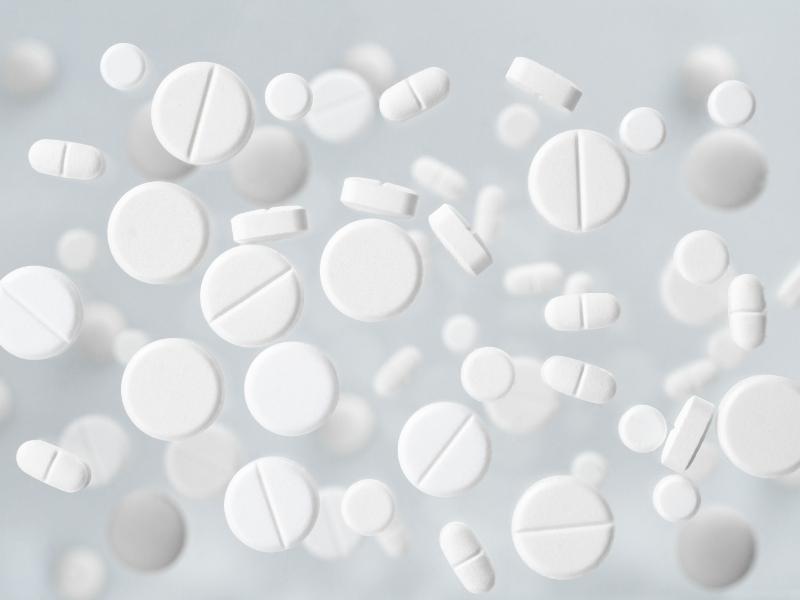Clomiphene Citrate (Clomid)
Many women undergoing fertility treatment inquire about clomiphene (commonly referred to by the trade name, Clomid). Clomiphene has been around for many years and depending on a woman’s age and fertility testing, is often viewed as first-line treatment for infertility. This drug is considered an “agonist-antagonist”, meaning it acts like estrogen in some parts of the body and acts like an estrogen blocker in other parts of the body. It is able to stimulate ovulation (release of an egg) by actions through the brain (hypothalamus) so that the women’s own hormones secreted by the hypothalamus and pituitary are increased, thereby increasing the drive to the ovaries each month to produce an egg (or a few eggs).
In general, clomiphene is pretty well tolerated by most women. The common side effects of clomiphene include hot flashes, mood swings, and occasional headaches. Other side effects have been reported and there is an increased risk of multiple pregnancy (typically around 8-10%) and a small risk of blood clots and visual changes, although these are (thankfully) very uncommon.
There are several studies evaluating the efficacy and success rates of clomiphene. There is good evidence to show clomiphene will increase the odds of ovulation and pregnancy in certain groups of women. It is often prescribed for women who do not ovulate regularly (a recent report showed ovulation rates up to 73%, Homburg, et al). It is important to remember ovulation rates are not always good surrogates for pregnancy rates. Another classic paper by Guzick, et al, evaluated the success rates of clomiphene with intrauterine insemination in women with unexplained infertility, and found the pregnancy rates were around 8% per cycle. Keep in mind it is important to consider all factors when reviewing the literature: patient age, diagnosis, study design, etc.
The largest study to date was recently published by a large IVF clinic in Boston (Dovey, et al). They evaluated over 4100 cycles of clomiphene with intrauterine insemination (IUI) in over 1700 infertility patients from 2002-2007. This included women with multiple infertility diagnoses. The pregnancy rates per cycle initiated based on age were very interesting:
| < 35 years | 35-37 years | 38-40 years | 41-42 years | > 42 years | |
| Number of cycles | 2351 | 947 | 614 | 166 | 120 |
| Pregnancy rate per cycle | 10.1% | 8.2% | 6.5% | 3.6% | 0.8% |
As you can see, although reasonable, the overall success rates with clomiphene are lower than one might expect and decrease significantly with advancing age. Another interesting finding with this study showed that for women that conceived with clomiphene and IUI, the majority (80-90%) did so within the first 3 cycles. Therefore, for most patients, there is little benefit of extending this type of treatment beyond three cycles.
I will sign off by reviewing a concept we covered in our last blog and is displayed in the findings of these studies: maternal age is the most predictive factor in obtaining pregnancy. As clomiphene is not terribly effective for older women, they may be better served by going directly to more aggressive treatment including assisted reproductive technologies.
Homburg, et al. Hum Reprod 2005;20:2043-51
Guzick, et al. Fertil Steril 1998;70:207-13
Dovey, et al. Fertil Steril 2008; 90:2281-2286
Contact: Contact Conceptions at 303-794-0045 or view our contact us page


